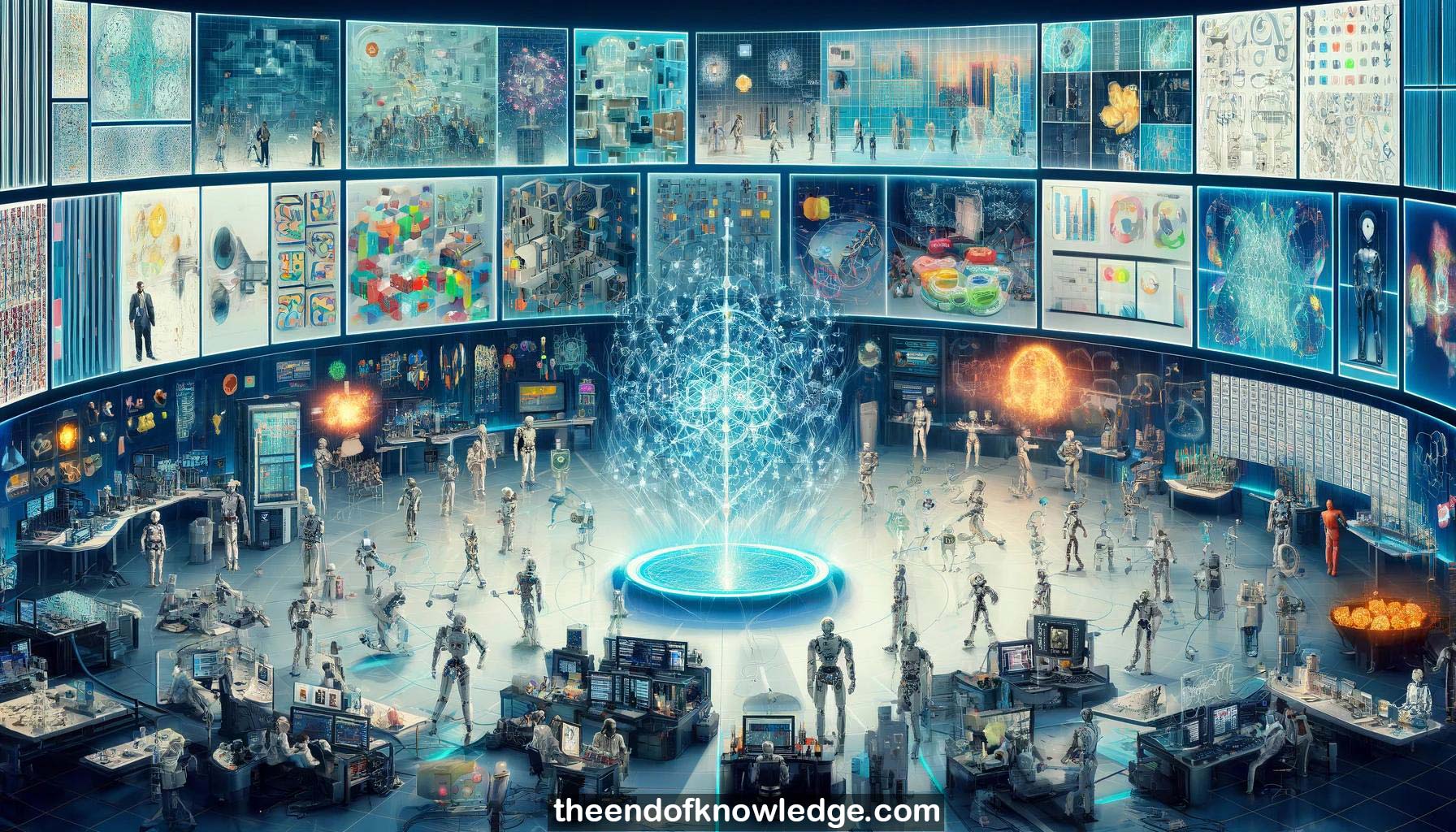 >
>
Concept Graph & Resume using Claude 3 Opus | Chat GPT4 | Gemini Adv | Llama 3:
Resume:
1.-Self-supervised learning is exciting because it allows getting away from semantic categories, fixed datasets, and fixed objectives.
2.-Labels are expensive, but big companies can solve clearly defined tasks by hiring enough people to provide labels.
3.-Self-supervision enables moving from semantic categories based on shared properties to bottom-up associations and similarities between instances.
4.-Humans categorize based on bottom-up associations and prototypes (Rosch), not based on shared properties defining category membership (classical view).
5.-Early work tried to operationalize bottom-up visual categories by learning distances to separate similar and dissimilar instances.
6.-Ensemble of "one against all" classifiers performed as well as category-based classifier.
7.-SimCLR uses image augmentations to create a "pseudo-class" of an instance's variations, contrasted against other instances.
8.-Choice of data augmentations is a form of human supervision that has a big effect on self-supervised learning performance.
9.-Video can provide automatic data augmentation through temporal correspondences across frames, similar to how infants learn.
10.-Contrastive random walk learns features by walking through video frames, using cycle consistency to get back to starting patch.
11.-Dense contrastive random walks on patches centered at each pixel is a promising direction related to optical flow.
12.-Biological agents never see the same data twice - each sample is first a test, then becomes training for the future.
13.-Machine learning usually sees the same sample repeatedly, encouraging memorization. Data augmentation helps get away from this a bit.
14.-With self-supervision, data is free, so there's no reason to do multiple epochs - treat each sample once like biological agents.
15.-Test-time training adapts a model to a new test sample using self-supervised loss, to handle distribution shift.
16.-Online test-time training allows continuously adapting to a smoothly changing data distribution.
17.-Genetic algorithms just optimize a fixed objective - the magic of evolution is that it doesn't optimize any objective.
18.-Evolutionary objectives emerge through "arms races" - e.g. pressure to miniaturize calculators created the emergent objective of fitting in a pocket.
19.-Self-play is a symmetric "arms race" of an agent vs itself, but still has a specified objective. GANs are an asymmetric "arms race".
20.-Prediction can be an emergent meta-objective - in a complex world, one can always try to predict further. The world is the "adversary".
21.-Curiosity-driven exploration uses failure to predict as an emergent objective. Agent tries to predict consequences of actions and gets "curious" when wrong.
22.-With no external reward, just curiosity, emergent behaviors arise in video games, like Mario exploring and killing enemies.
23.-For curious agents playing pong, keeping the rally going emerges as more "interesting" than scoring points.
24.-Challenge is getting curious exploration to work for real-world robots. Curiosity works in video games because action space is small.
25.-Real world has much larger action spaces. Attention is needed to prioritize what to be curious about. Babies have a "curriculum" of curiosity.
26.-Combining multiple modalities like vision+sound or vision+touch is a good way to study multi-modal self-supervised learning from the bottom up.
27.-Curiosity and adversarial losses are "meta-objectives" that can adjust to the world and are hard to overfit, unlike fixed losses.
28.-We need to run self-supervised learning on real-world data to uncover the real challenges. Theories and formalisms will follow from well-posed problems.
29.-Evolution doesn't optimize for fitness - fitness emerges from evolution. Explicitly encoding an objective leads to shortcuts.
30.-Adversarial setups may help push the objective back and avoid shortcuts in emergent learning, but the fundamental "loss" remains an open question.
Knowledge Vault built byDavid Vivancos 2024